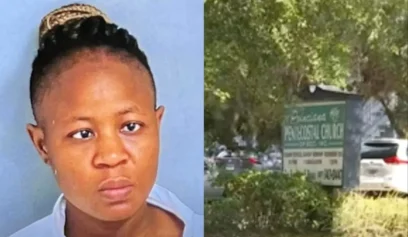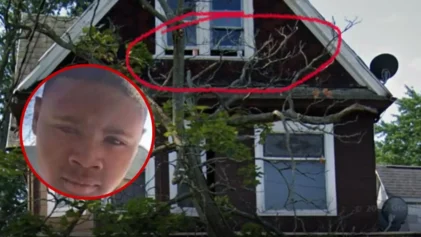What’s behind the spike in COVID-19 cases in Black communities? That question has sparked a flurry of conversations online, namely on Twitter among activists, politicians and concerned citizens alike.
Residents who live in what are considered to be high-impact areas for the deadly virus can now put hard numbers to the idea that the disease is having a disproportionate effect on Black communities.
Michigan has been among the first states to issue COVID-19 demographics data. Recent reports are showing that some 40 percent of the deaths in Michigan are those of Blacks despite African-Americans being only 14 percent of the state’s population.
New York Councilman Mark D. Levine tweeted the findings on Twitter, stating that the data reflects inequality.
“This is reflecting — and exacerbating — inequality,” he said Friday. “NYC should publish this data as well, so we get the picture here,” he added.
Data recently released by New York City’s Health Department suggests that the virus has hit low-income neighborhoods harder than others. A breakdown of cases by ZIP code found the highest number of cases, between 409 and 1245, concentrated in parts of Brooklyn, Queens and the Bronx boroughs.
Founder and CEO of Advancing Health Equity, Uche Blackstock, put it more bluntly in her take on why Black communities are feeling the brunt of the virus.
Alexandria Ocasio-Cortez, who also retweeted Michigan’s demographics on Saturday, April 4, shared her belief that the pandemic’s effects have been more prevalent within historically Black communities.
“To all the people that said ‘there’s no evidence racial disparities in COVID impact exist.’ I represent the most impacted neighborhoods in the country: Corona & East Elmherst,” she said in a tweet. “These are overwhelmingly Black & Latino neighborhoods.”
“Louis Armstrong’s house is here,” she added.
And in Cook County, Illinois, Blacks are considered to be dying at “disproportionately high rates.” Black residents in the county make up 23 percent of the population but account for 58 percent of related deaths to the virus, Chicago public radio station WBEZ reports.
Half of the decease had underlying health conditions — such as respiratory problems and diabetes, and lived in Chicago, the Cook County Medical Examiner’s Office said to the radio news source.
“It’s disturbing and upsetting but not surprising,” Dr. Linda Rae Murray, a health policy professor at the University of Illinois, told WBEZ. “This is just a reflection of the facts that we already know about these pandemics. People who are vulnerable will die quicker and won’t have as many resources.”
Residents who reside in highly impacted communities took to social media to discuss their growing concerns about the recent coronavirus demographics reports.
Journalist and writer Ivie Ani felt the pandemic only added to what was already present in Black communities.
“The Bronx has higher than average asthma hospitalization rates,” Ani tweeted Monday. “People were already dealing with compromised respiratory systems from environmental racism, poor housing and pollution inequality before the pandemic. The virus heavily affects black+brown communities in poor parts of NY.”
Black activist and prominent Twitter user Samuel Sinyangwe suggests the disparities could be shown to be more widespread if more demographics data were obtainable.
“We likely won’t even know the full extent to which this crisis impacts Black communities because most places don’t even track data on coronavirus cases by race,” Sinyangwe tweeted.


